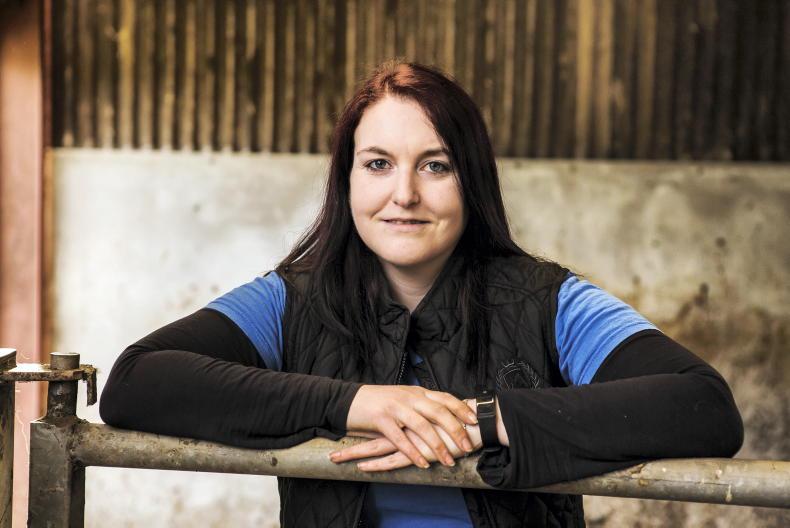Like many others we took the chance to sell our oldest weanlings when the trade was good, though it was only a couple of strong bulls we had an immediate need to get rid of.
After weighing up the pros and cons of keeping our pedigree bull over the winter and selling him in spring, it was decided to bring him to a general mart sale after advertising him online.
Whilst I’d hoped he’d go for breeding, he’s off to Italy instead, though he certainly did a praiseworthy job here over summer for us, pinpointing cows which were not showing obvious heats with the cooler temperatures, not to mention the few he covered which weren’t holding to AI.
Forgot to post the lads last night as I was wrecked but Umha is off to Italy, was nearly tempted to ask if I could go too just to get more sun ?? pic.twitter.com/387ciRMX1I
— Karen McCabe (@LadyHaywire) October 6, 2024
For the first time this year I’ve used a sexed straw on one of our older cows in the hopes of getting one final breeding replacement from her, as she’s been a stalwart for breeding excellent calves over the years.
Time will tell if it works out as a few have been earmarked for scanning, so we know what to expect when it comes to calving time.
Luck was definitely on our side with selling them at the beginning of October as not a week after they were gone, a February-born weanling heifer came in heat.
As she’s one being kept for breeding, it’s not going to be ideal having her cycling every few weeks in the shed, but at least we know she’s not gone in-calf, and all we’d need would be a couple of bulls with pneumonia after working themselves into a sweat jumping on a heifer all night.
With the imminent arrival of Storm Ashley on the horizon, it was decided to put the cows indoors for at least a few days. As usual, figuring out which cows work together in the pens without bullying is like trying to plait soot.Little Jenny is a very prolific cow here, hence why she has 2 daughters & a granddaughter in the herd.
— Karen McCabe (@LadyHaywire) October 17, 2024
The third daughter we hope to keep is showing that fruitful nature early at 8.5 months ?? pic.twitter.com/34IhDWFauu
For now we’ve decided to split off two pens of cows and leave the weanlings in the middle of both. This means they can suckle through the gates if they wish, as most of the calves are less than six months old and paves the way for a more gradual weaning down the line.
It also allows both easier feeding of meal and cleaning down of the pens, as two of the lying areas can now be closed off until needed.
Six calves now penned together for easier feeding. There'll be a bit of a fuss later once the cows realise! But this way they can be gradually weaned as they can suckle occasionally through the gates. pic.twitter.com/RvbSuIk90S
— Karen McCabe (@LadyHaywire) October 21, 2024
One of these shall hopefully be in use soon, with our last heifer to calve for the year beginning to show signs of springing.
While I’m not overly worried about her as she’s 30 months of age in comparison to our usual calving age of 24 months, I’m nearly never fully satisfied that all has worked out well until the calf is being sold through the ring later down the line.
At least the weather was on our side for September, allowing us to get the pasture grazed down and topped ready for next year.
It’s definitely an improvement on the back end of last year, where we managed to get next to nothing done in preparation for spring, leaving us lagging behind from the start of this year – even if it had been dry.
As we (perhaps wisely in hindsight) stayed out of ACRES, it’s been a couple of years since we’ve carried out any soil testing, so we’ve signed up to the soil sampling and analysis programme.
Though this will only cover a quarter of our land, we’ll do separate testing on the other areas to get a better idea of where we stand regarding correct fertiliser application in the near future.






 This is a subscriber-only article
This is a subscriber-only article










SHARING OPTIONS: